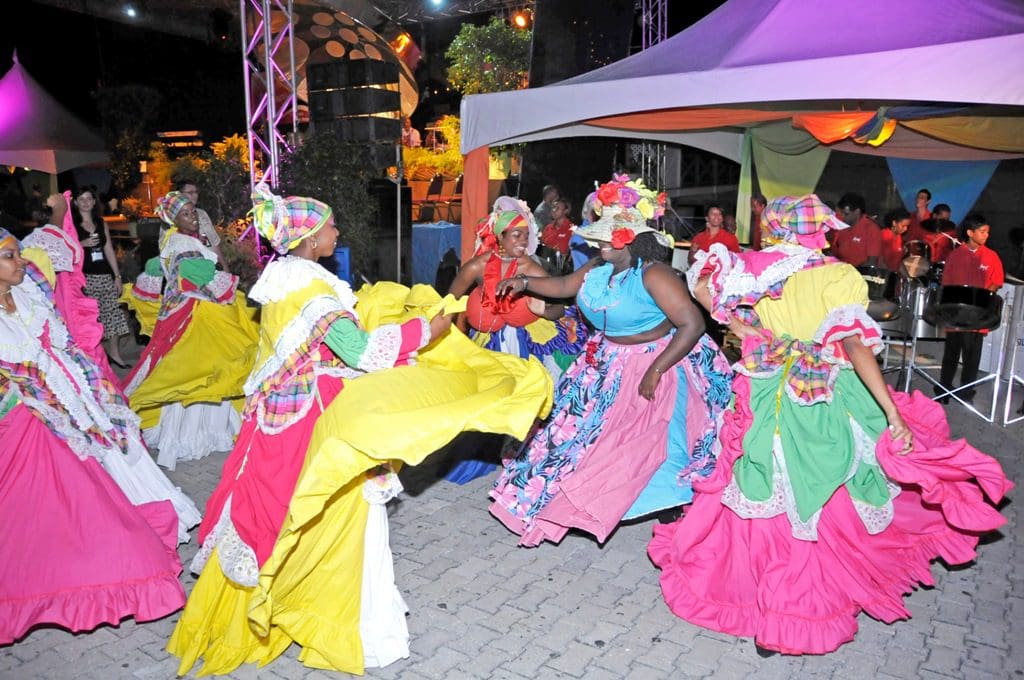 The millennial generation has spoken: they want more from a vacation than just sun and sand. They want adventure, activities and authentic interaction. The Trinidad & Tobago Tourism Development Company says the dual-island nation can fit the bill with “hiking, snorkeling, diving, fishing, ‘party-boating’, exploring limestone caves, zip lining and more that will send Millennials home with unforgettable stories to share.” They’ve identified these four reasons millennials will enjoy Trinidad & Tobago.
The millennial generation has spoken: they want more from a vacation than just sun and sand. They want adventure, activities and authentic interaction. The Trinidad & Tobago Tourism Development Company says the dual-island nation can fit the bill with “hiking, snorkeling, diving, fishing, ‘party-boating’, exploring limestone caves, zip lining and more that will send Millennials home with unforgettable stories to share.” They’ve identified these four reasons millennials will enjoy Trinidad & Tobago.
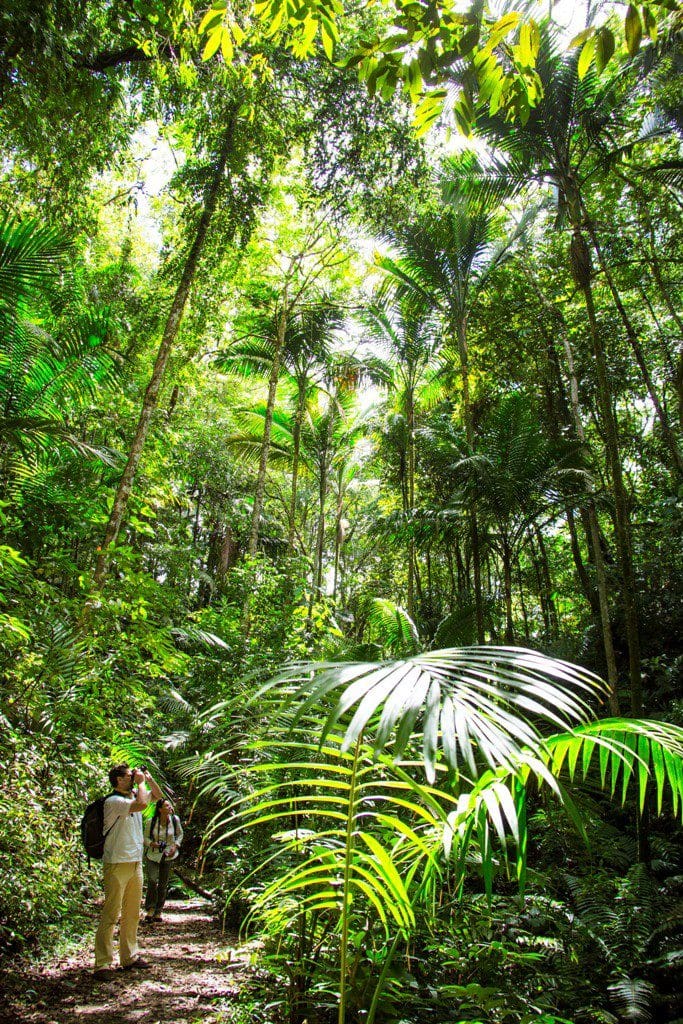 Find Rich Eco-Adventure in Trinidad & Tobago
Find Rich Eco-Adventure in Trinidad & Tobago
Trinidad has offers a wide range of eco and soft adventure activities for nature lovers and outdoor enthusiasts. The Macqueripe Bay Zip Line at Chaguaramas on Trinidad’s western peninsula is a favorite for visitors who want to combine breathtaking views with a heart-pumping ride. Nearby on off-shore islands, the Gasparee Caves are a network of limestone caverns with lots of interesting geological formations and a mysterious crystal clear pool for swimming.
Trinidad has a range of hiking trails of varying difficulty. Hike along a bubbling stream on the Northern Mountain Range to discover a hidden waterfall, or explore the wildlife-rich wetlands of the southern mountain range. On Tobago, the Main Ridge Rainforest is an exceptionally diverse ecosystem and the oldest protected reserve in the Western Hemisphere (1776). UNESCO deemed it a World Heritage Site and it has repeatedly been voted the “World’s Leading Eco-Tourism destination” by the World Travel Awards.
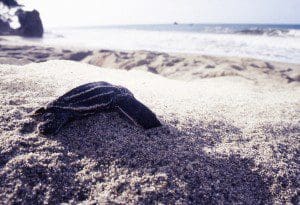 Five species of sea turtles live in the many coral reefs and sea grasses off the coast of both islands – Leatherback, Loggerhead, Green, Hawksbill and Olive Ridley. From March through September, visitors are practically guaranteed to see sea turtles on the beaches as they make their nests at night. It’s an amazing spectacle, especially the enormous 600 – 2,000 pound Leatherbacks.
Five species of sea turtles live in the many coral reefs and sea grasses off the coast of both islands – Leatherback, Loggerhead, Green, Hawksbill and Olive Ridley. From March through September, visitors are practically guaranteed to see sea turtles on the beaches as they make their nests at night. It’s an amazing spectacle, especially the enormous 600 – 2,000 pound Leatherbacks.
Trinidad & Tobago Have Watersports Galore
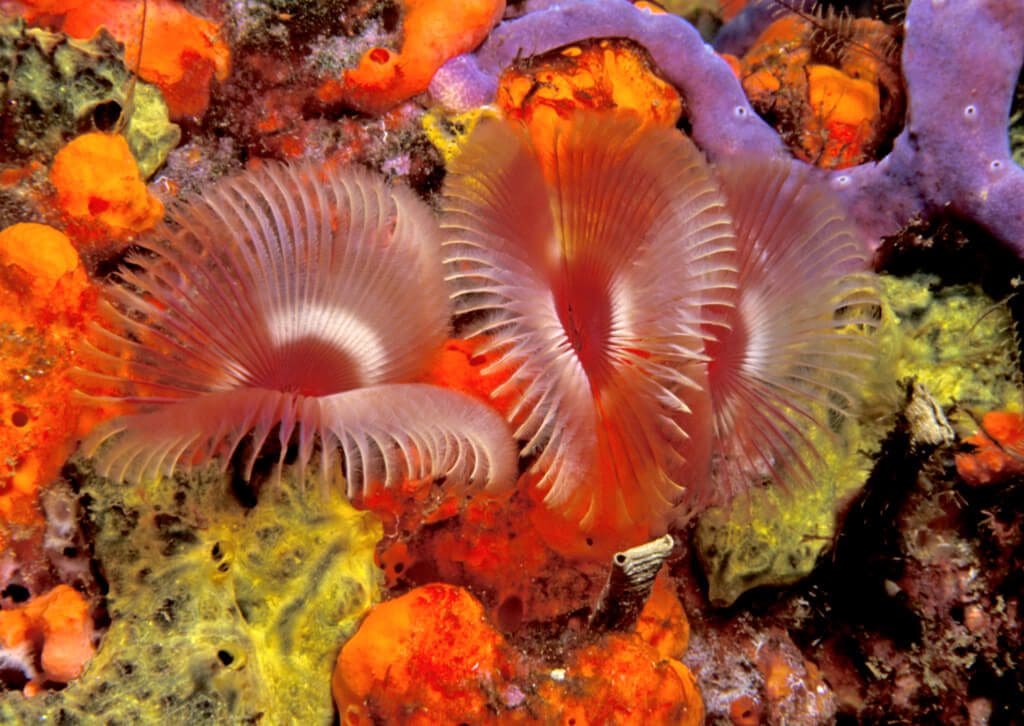 It won’t surprise anyone that beaches and watersports are immensely popular on both islands, so water-lovers will find plenty of opportunities for boating, sailing, fishing, stand up paddle boarding, windsurfing and surfing. The underwater appeal for divers and snorkelers is exceptional, too. The largest brain coral in the world is found off Tobago, as well as other types of coral and myriad types of fish that feed on them.
It won’t surprise anyone that beaches and watersports are immensely popular on both islands, so water-lovers will find plenty of opportunities for boating, sailing, fishing, stand up paddle boarding, windsurfing and surfing. The underwater appeal for divers and snorkelers is exceptional, too. The largest brain coral in the world is found off Tobago, as well as other types of coral and myriad types of fish that feed on them.
Tobago, being the quieter of the sister-islands, is known for its unspoiled and uncrowded beaches. Some favorites are Mount Irvine Bay, Grafton Beach and Store Bay on the southwest end. Maracas Bay on the north coast of Trinidad is a good choice there.
Cultural Experiences Share Trinidad & Tobago’s Heritage
 More travelers are seeking out authentic interaction with the local culture. In Trinidad & Tobago, the food and music are terrific ways to engage with the vibrant island nation. Steel drums, or steelpan, an instrument created in Port of Spain in the 1930s from old oil barrels, say much about the people of Trinidad: They’re resourceful, drawn to lively music and willing to use whatever’s available to get a party started.
More travelers are seeking out authentic interaction with the local culture. In Trinidad & Tobago, the food and music are terrific ways to engage with the vibrant island nation. Steel drums, or steelpan, an instrument created in Port of Spain in the 1930s from old oil barrels, say much about the people of Trinidad: They’re resourceful, drawn to lively music and willing to use whatever’s available to get a party started.
The rhythms of soca and calypso pump into the air as the life’s blood of Trinidad. For six weeks before Panorama, the annual competition for steelpan bands during Carnival, panyards open for practice and preliminary competitions. During the same period, calypso tents open to the public, limbo competitions and huge soca concerts take place.
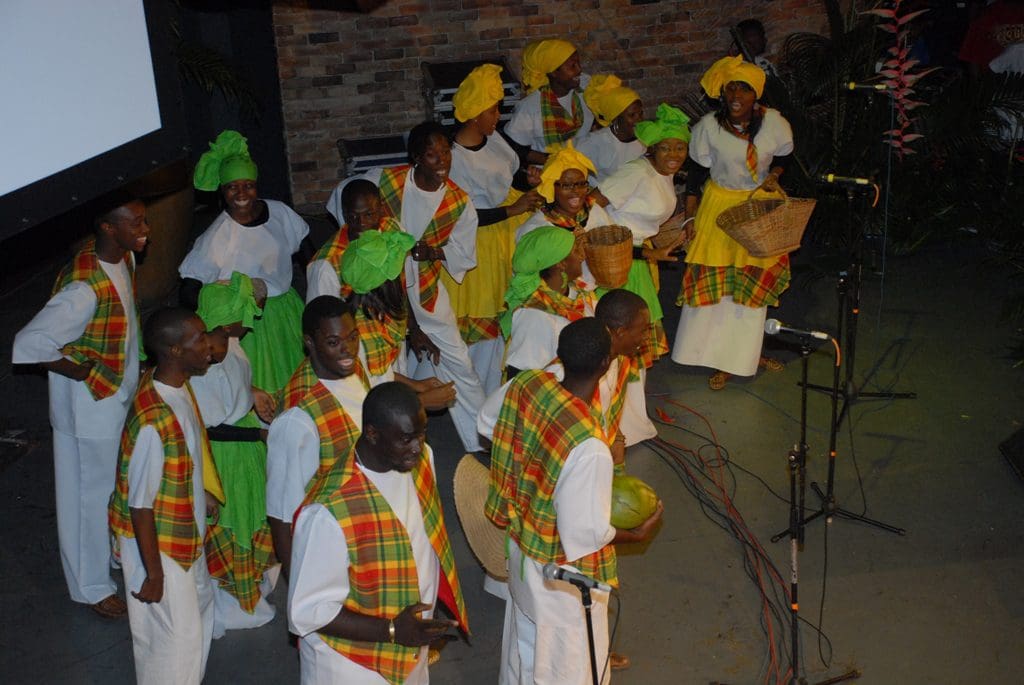
Tobago moves at a more leisurely pace with swaying palms, quiet fishing villages and sandy beaches. On Tobago, the fiddle and tambourine are used in indigenous music, along with Speech Bands who retell Tobago’s oral traditions and political issues.
 The cuisine of Trinidad & Tobago also tells the story of their multi-cultural heritage. 40% of the population is East Indian, so pungent curry spices like Cumin, Masala, Madras and Turmeric are widely used. You’ll also find top-notch nouvelle Creole, East Indian, Chinese, French and there will always be a bottle of hot pepper sauce on the table!
The cuisine of Trinidad & Tobago also tells the story of their multi-cultural heritage. 40% of the population is East Indian, so pungent curry spices like Cumin, Masala, Madras and Turmeric are widely used. You’ll also find top-notch nouvelle Creole, East Indian, Chinese, French and there will always be a bottle of hot pepper sauce on the table!
Trinidad & Tobago Know How to Celebrate
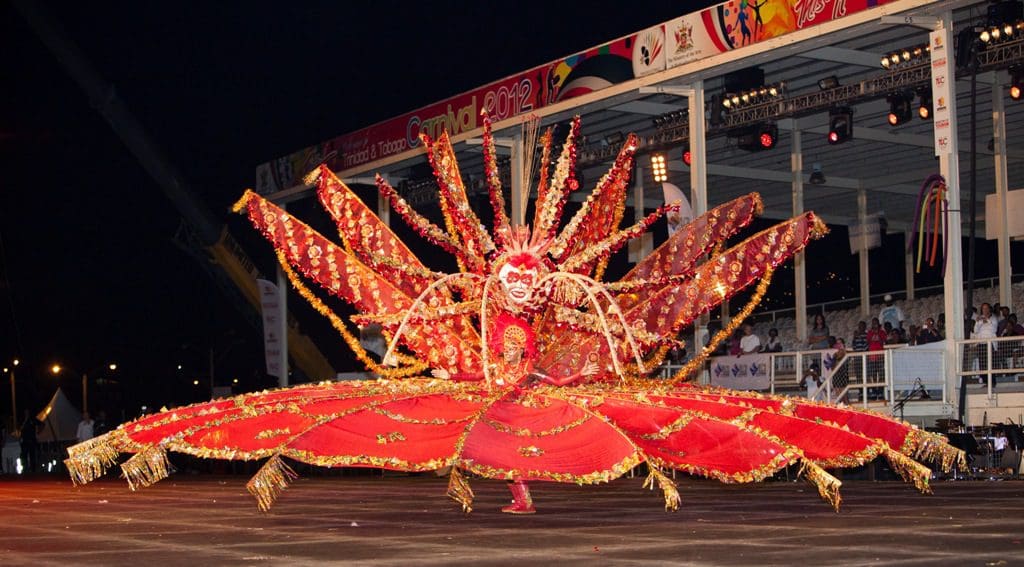 Trinidad celebrates often and in an explosion of color, music and revelry. The most spectacular festival is Carnival, which is celebrated with masquerade bands, pulsating music and non-stop festivities for two days preceding Ash Wednesday. Thousands of people dance, strut and gyrate through the streets at a fever pitch.
Trinidad celebrates often and in an explosion of color, music and revelry. The most spectacular festival is Carnival, which is celebrated with masquerade bands, pulsating music and non-stop festivities for two days preceding Ash Wednesday. Thousands of people dance, strut and gyrate through the streets at a fever pitch.
Several religious festivals are also tradition, including the Muslim festivals of Hosay (April/May) and Eid-ul-Fitr (end of Ramadan), the colorful Hindu festival of Holi (March/April) and the “Festival of Lights” Divali (Oct/Nov). Easter is celebrated as well, with elaborate lunches, bonnet parades and Easter egg hunts.

On Tobago, the Heritage Festival (July/August) travels from village to village celebrating the island’s African heritage with folk songs, stories and dance. The “Ole Time Wedding” is one of the most-loved traditions. Another favorite is the Blue Food Festival that focuses on dasheen, the Caribbean root vegetable that turns blue when cooked.
The small dual-island nation of Trinidad & Tobago has much to offer millennial travelers looking for stimulating adventure and authentic experiences in a beautiful setting with a rich multi-cultural heritage. To find out more about visiting Trinidad & Tobago, contact the vacation experts at Covington Travel.
Source and all images: Trinidad & Tobago Tourism Development Company

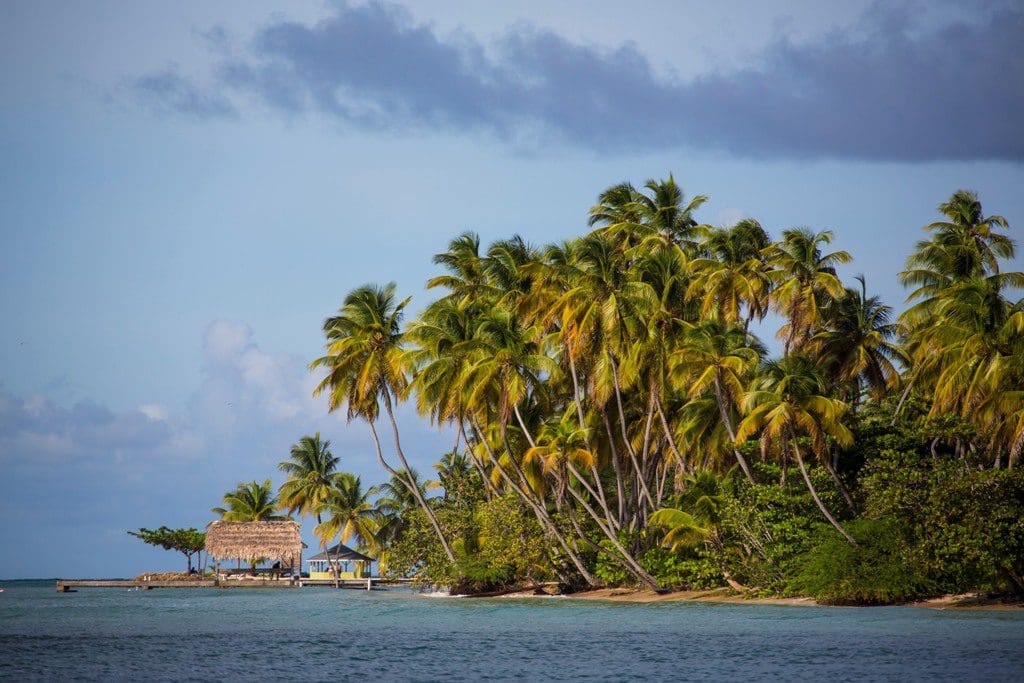





Leave a Reply